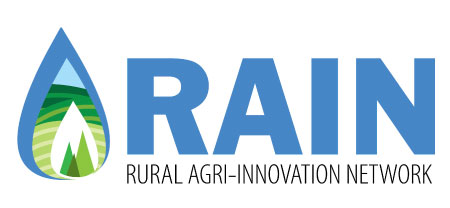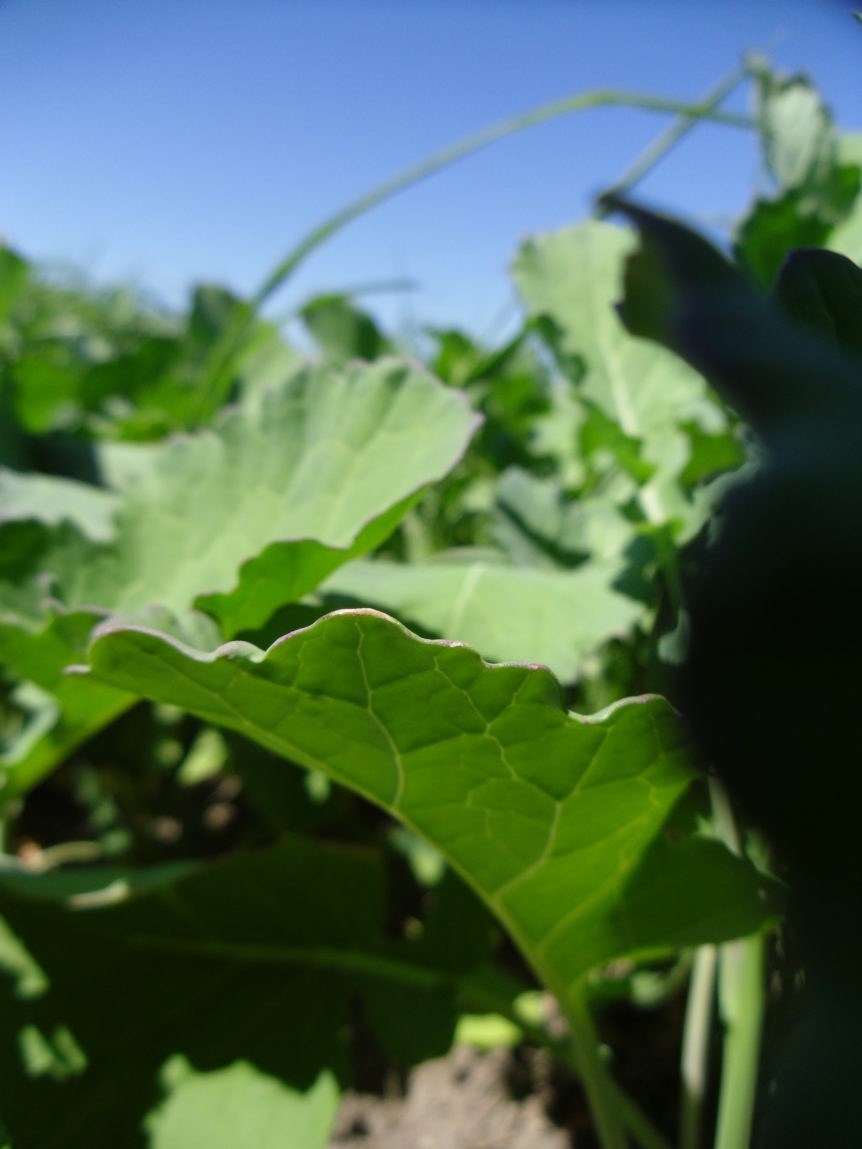Plants need sulphur to form amino acids, develop enzymes and vitamins, produce seeds, and make chlorophyll. Legumes also need sulphur for nitrogen fixation. Sulphur is most plant available as sulphate: SO4.
Since the 1850s, air pollution provided enough sulphur for crop production in Ontario, except in the northwest. Recent initiatives to reduce air pollution have succeeded in addressing acid rain, with the unintended consequence of reducing sulphur deposition in farm fields. Also, older fertilizer blends contained incidental sulphur that was not listed on the label; new manufacturing techniques have led to more pure fertilizers being available. Ontario does not have recommendations for sulphur application.
Researchers are now reconsidering crop responses to sulphur. It is unknown whether fertilizer recommendations will be based on plant tissue samples (common for trace minerals), soil samples (used for macronutrients), or crop removal levels (as is the case with nitrogen, due to its mobility in the soil).
Brassicas are a group of crops that have a high sulphur demand and grow well in the cool conditions of northern Ontario. This project aims to engage the three main agricultural sectors in Algoma District: horticulture/market gardening, cash cropping, and beef production. Brassica crops are grown in all three of these sectors, as vegetables, canola, and forage crops. Results of this project will add to the knowledge base required to develop appropriate recommendations for the province, and supply local interim information for Algoma farmers to use as a guideline.
Section A: Comparing annual and biennial/perennial brassica vegetables’ responses to various rates of sulphur fertilizer.
At two cooperating vegetable farms, researchers will compare S rates (0, 12, 24, 36, 48 kg S/ha) for annual and biennial/perennial vegetables. This trial will investigate the most economic rate of sulphur fertilizer for vegetable yield (total and marketable), as well as determine if there are differences in S requirement between annual and biennial/perennial brassica vegetables by including two species of each lifespan (likely annuals: broccoli, cauliflower; and biennials/perennials: cabbage and Brussels sprouts). This trial will also examine how S affects shelf life of produce in storage.
Section B: Determining canola responses to different types and various rates of sulphur fertilizer
This experiment will compare S sources (gypsum vs ammonium sulphate) and rates (0, 12, 24, 36, 48 kg S/ha) for a canola crop. Researchers will investigate the most economical source and rate of sulphur fertilizer for canola production in northern Ontario. This trial will also be conducted at the Thunder Bay Agricultural Research Station to ensure results are applicable beyond Algoma.
Section C: Investigating the economics of applying sulphur fertilizer to a forage brassica crop
This trial aims to determine if sulphur applications make economic sense in producing a forage brassica mix to extend the grazing season of a beef cow herd in Algoma District. Researchers will also compare the cost of a brassica mix with other grazing extension crops to assess the economics of including forage brassicas in a cow herd ration.
Farmers interested in participating in this project in 2017 should contact Christine O’Reilly, RAIN Research Technician at 705 942 7927 x3147 or coreilly@ssmic.com
This project was funded in part through Growing Forward 2 (GF2), a federal-provincial- territorial initiative. The Agricultural Adaptation Council assists in the delivery of GF2 in Ontario.
Proudly supported by FedNor.


Comments 2
Pingback: Rural Agri-Innovation Network (RAIN) - RAIN Joint Advisory Committee/Research Steering Committee Meeting Minutes | Rural Agri-Innovation Network (RAIN)
Pingback: Rural Agri-Innovation Network (RAIN) - Updates from RAIN’s #plant17 | Rural Agri-Innovation Network (RAIN)